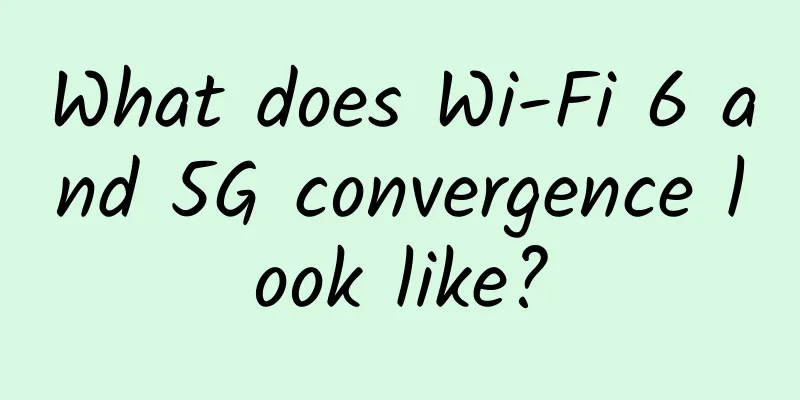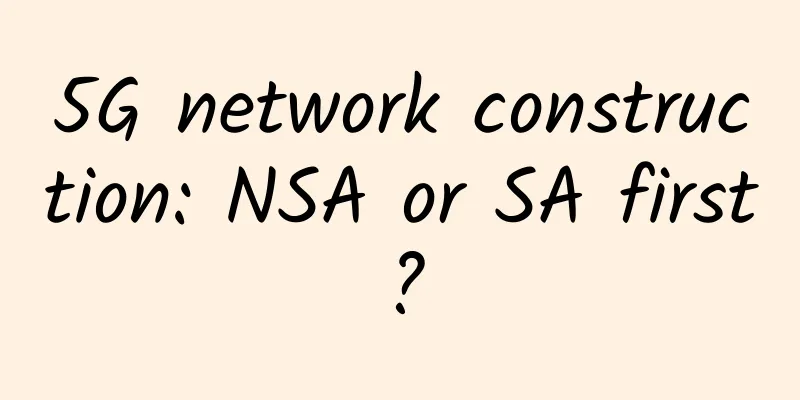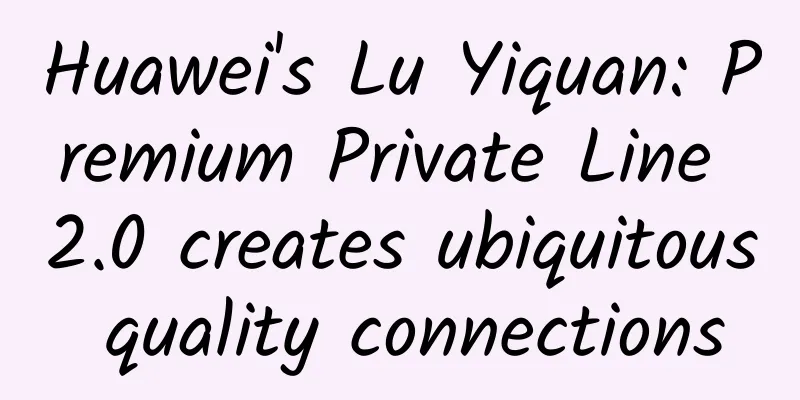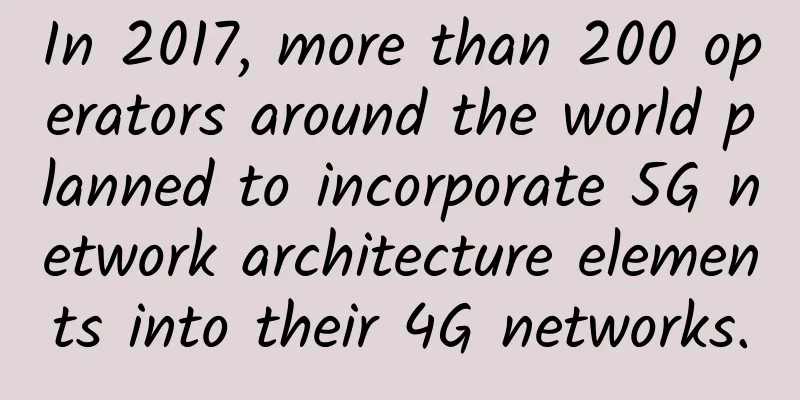What is 5G network slicing and how can it benefit various industries?

|
Network slicing divides the network into multiple virtual connections that can be customized according to the traffic requirements of different use cases. With the upcoming 5G, 5G network slicing has become a major focus. Network slicing is promoted as a basic capability of 5G. This article will help us understand the 5G network slicing architecture and working principle, network slicing challenges and opportunities, security of using slicing in 5G, and examples of 5G network slicing. What is 5G network slicing?The fifth generation of networks has a unique network slicing capability that previous generations did not have. It is a feature that allows service providers to deploy specific services to support the needs of different customers and market segments. Network slicing leverages network virtualization to divide a single network infrastructure into multiple virtual connections. These virtual connections can then be provided to enterprises to gain customized benefits while ensuring compliance with service legal agreements (SLAs). The key differentiators of this product are cost reduction, automation and flexibility. Network slices can be managed in a way that is dedicated to one or more customers. Slicing ensures that each connection has its own architecture, security and management to support different use cases. How does 5G network slicing work?5G Cloud Native Network (5GCN) is a basic requirement for 5G network slicing. 5GCN is equipped with dedicated network nodes for network slicing. These network nodes are responsible for allocating wireless resources to devices based on service agreements. 5G networks need to adopt a service-based architecture. Adopting a service-based architecture is necessary to manage the allocation of network resources across devices and enterprises based on agreed service requirements. To allow user devices to connect to multiple slices, the 5G network consists of a large number of nodes specialized in network slicing. The master node performs the functions of the Network Slice Selection Function (NSSF). In addition, the Access and Mobility Management Function (AMF) works in conjunction with the NSSF to determine the network slice application for each service agreement. 5G Network Slicing: ArchitectureeMBB, URLLC and mMTC 5G networks have the potential to meet diverse needs. These services can be broadly divided into three categories:
The network slicing architecture in 5G requires network slicing software defined networking (SDN) and network function virtualization (NFV). The role of SDN is to manage traffic through the application interface (API) of the central control plane. Through the application layer, the control plane configures resources to provide customized services based on demand. The infrastructure layer is also part of SDN, which contains basic network services and is responsible for data forwarding and rule processing from the control plane. The network slice controller (orchestrator) is responsible for mapping services across layers and monitoring functions. SDN can create slices consisting of specific resources. With the help of recursion, multiple sub-controllers can be created to support slice composition. Another part of the architecture is network function virtualization. It allows the installation of network functions on virtual machines. NFV manages the life cycle of network slices and infrastructure resources. What is the significance of network slicing?While 5G is the next step in the evolution of mobile networks, it is more than just another radio access network model thanks to network slicing. Network slicing works by applying the principles of virtualization to mobile networks. While this may prove to be the next disruption of Industrial Revolution 4.0, the debate continues on the urgency and importance of network slicing. Before we dive into the pros and cons, let’s review the basics. The simplest way to describe network slicing is horizontal virtualization, with approaches focused on:
These create various self-sufficient network slices, facilitating communication service providers (CSPs) to isolate users, machines and uses that require different qualities of service (QoS). The application of these slices can be extended to provide mobile network administrators with personal virtual infrastructure, which goes a long way in enhancing mobile virtual network operator-based services. Horizontal slicing provides network segmentation across applications and businesses. Each horizontal slice has its own virtual resources, which are separate from the virtual resources used in different slices. This makes horizontal network slicing different from contemporary network partitioning, also known as vertical slicing. In these cases, resources are not divided so much as allocated based on use cases. What are the main drawbacks of 5G network slicing?Although network slicing has great potential for 5G networks, there are also certain obstacles. Although there is a consensus on the key role of network slicing in 5G, its implementation procedures still need to be clarified. Since 5G networks provide wireless connectivity, the radio access network (RAN) must be redesigned for network slicing. Network slicing is usually applied to the central network area of 5G networks and can be performed in the RAN segment by combining resources. However, to make 5G network slicing feasible, multiple macro cells and small cells need to work together to meet the requirements of various network slices. There is a need to understand how to best enable point-to-point connectivity between machine controllers and radio equipment by combining network slicing with NFV and SDN. While the independence of the deployed technologies may limit interference from network slicing, achieving point-to-point connectivity is a challenge when there are too many network slices. As networks gradually transition to 5G, ensuring network slicing can work with emerging 5G technologies requires extensive interoperability. Communications service providers and network operators must test interoperability extensively to ensure that network slicing works as expected in 5G networks. Industry experts will need to agree on the best implementation path, which will take some time. While 5G network slicing leverages the smart use of standard radio resources, it requires advanced technology to ensure the isolation of these radio resources. Security of 5G network slicingNetwork slicing increases network complexity, which creates security risks. Each network slice carries different traffic and therefore has unique security requirements. The scalability that can be achieved with slicing also opens the door to potential network threats. An attack on the central infrastructure could hinder multiple slices at the same time. Another security challenge brought by network slicing is data isolation. It will be a challenge for operators to protect the information used on one network slice from being modified by another network slice on the same infrastructure. SDN and NFV are also potential threat areas. Attackers can use the input buffer of SDN to analyze the processing time of data packets. Security threats around NFV include attacks on orchestration management systems, denial of service attacks, etc. Close coordination between operators and enterprises is essential to maintain secure communications across slices. This will ensure that user privacy is protected while maintaining service quality. Use CasesSome use cases for 5G network slicing include:Autonomous vehicles: Slicing will allow the network to be customized to match the infrastructure, technology and regulatory requirements of autonomous vehicles. Dedicated network slices will help ensure excellent quality of service with ample network resources. Gaming: Intense competitions and games require uninterrupted low-latency connections to provide a worry-free user experience. Network resources can be customized to gamers’ traffic needs to ensure a rich gaming experience. A stable connection will help keep you competitive in the gaming world. 5G Surgery: Remote surgery is one of the breakthrough use cases for 5G, where doctors can control robotic arms to perform high-risk surgeries from anywhere in the world. But in matters of life and death, seamless connectivity is critical. 5G network slicing ensures that there are dedicated network resources for surgery. Sports: The world of sports is changing with the introduction of new technologies to reimagine the fan experience. Smart stadiums are being built, and technologies such as holograms, augmented reality, and virtual reality are being used to transform the fan experience at home and in the stadium. New technologies provide dedicated slices for different stadiums and will take fan engagement to the next level. IoT Slicing: IoT devices are being used in a variety of applications ranging from smart cities, inventory management, health monitoring to smart homes. The amount of data generated by these devices requires uninterrupted connectivity with minimal latency. Network slicing enables this by providing the freedom to customize to meet individual needs. FAQWhat does network slicing mean?Creating multiple virtualized and logical networks on a common physical network architecture is called network slicing. Each slice is able to support different amounts of traffic by providing different amounts of network resources. Network slicing opens up a wide range of use cases. Network slicing modifies the entire network by abstracting, isolating, orchestrating, and separating logical network components. What is 3GPP network slicing?3GPP defines network slicing as: Network slicing is considered as a logical end-to-end network that can be created dynamically. 3GPP Release 16 TR21.916 focuses on the business model of network slicing. Why is network slicing important?For network operators, the return on investment of network operators is maximized. This happens due to the efficient management and allocation of large-scale network resources. On the other hand, network slicing allows the adoption of a large number of use cases by customizing network resources to support specific needs. |
>>: How can enterprises fully leverage the potential of private 5G networks?
Recommend
Detailed explanation of TCP packet sticking, packet unpacking and communication protocol
In TCP programming, we use protocols to solve the...
Can 5G, which was boasted 10 years ago, be realized?
5G is on the verge of launch, and the telecommuni...
Learn about routers, switches, and network hardware
Today we're taking a look at home network har...
TNAHosting: 12G memory 500GB hard disk OpenVZ monthly payment from $5, 4G memory KVM monthly payment of $5
Some businesses give people the impression that t...
How 5G will impact telecom enterprise asset management
Digital transformation has had ripple effects on ...
RAKsmart: Top up $10 and get $10, top up $50 and get $50, top up $100 and get $100
The Chinese New Year has passed, but RAKsmart has...
China Mobile's 4G users exceed 500 million, with average monthly data usage exceeding 1G
On December 20, Beijing time, China Mobile Chairm...
Large-scale commercial use is imminent! What will be the future development of 5G messaging?
At present, more than 100 operators around the wo...
uSens Linggan Wang Xiaotao: This is the best time for the development of gesture interaction
[51CTO.com original article] On July 21-22, 2017,...
Comprehensive analysis of the ten most critical technologies in the 5G network field
When it comes to 5G, many people's impression...
Here are 24 C++ pitfalls to avoid.
[[396092]] This article is reprinted from the WeC...
How to save records when surfing the Internet? You need to know the relationship between Session and Cookie
Why use Session and Cookie? In a nutshell, becaus...
WiFi is indispensable for taking a break. You can learn how to solve the signal coverage problem
We are about to bid farewell to 2016 and welcome ...
Finding strength in numbers: Data center agglomeration effect
In the past, data centers were often built in rem...
Former NASA chief joins satellite internet company Viasat
According to foreign media, former NASA administr...









